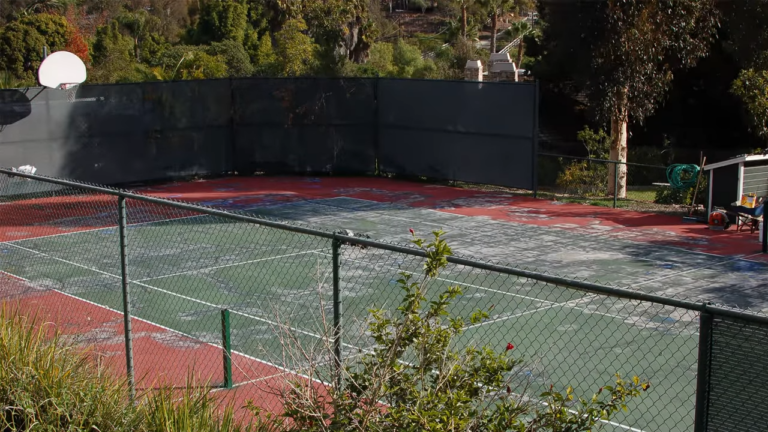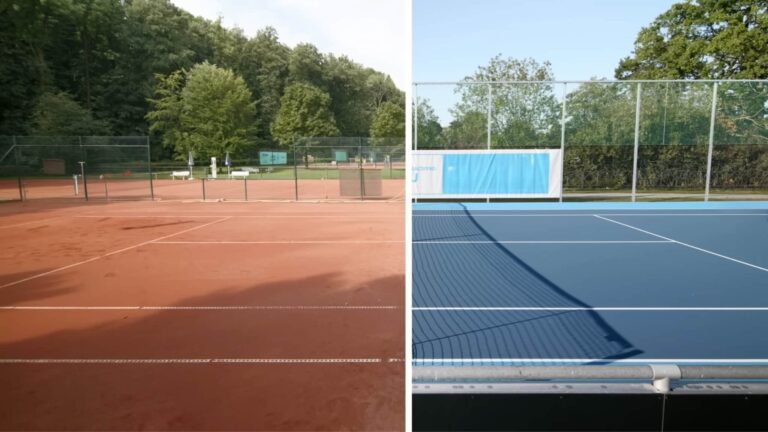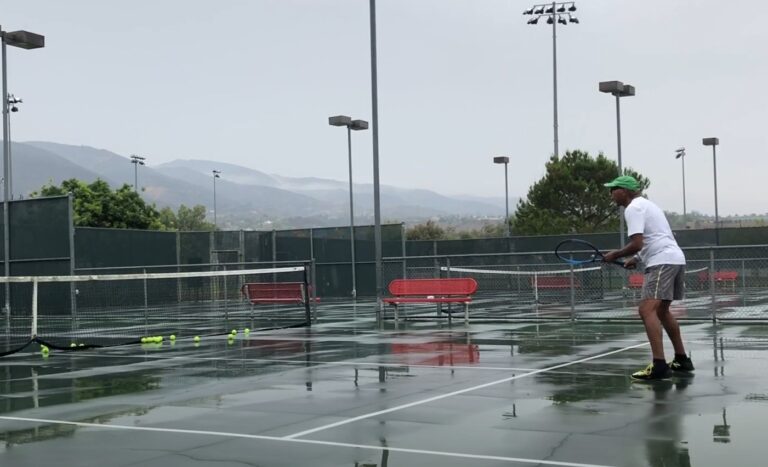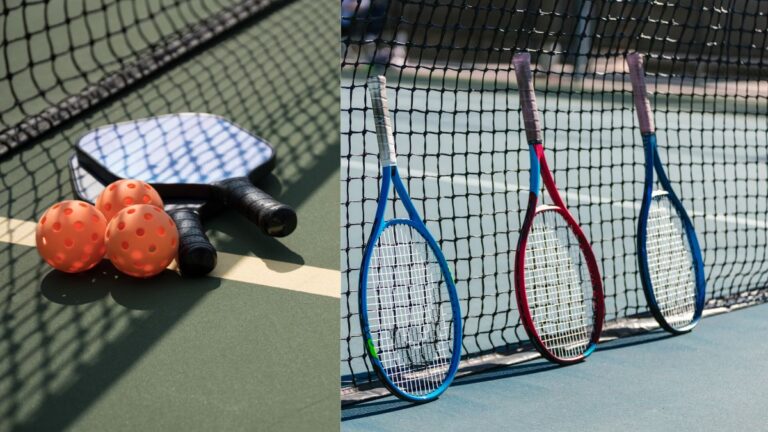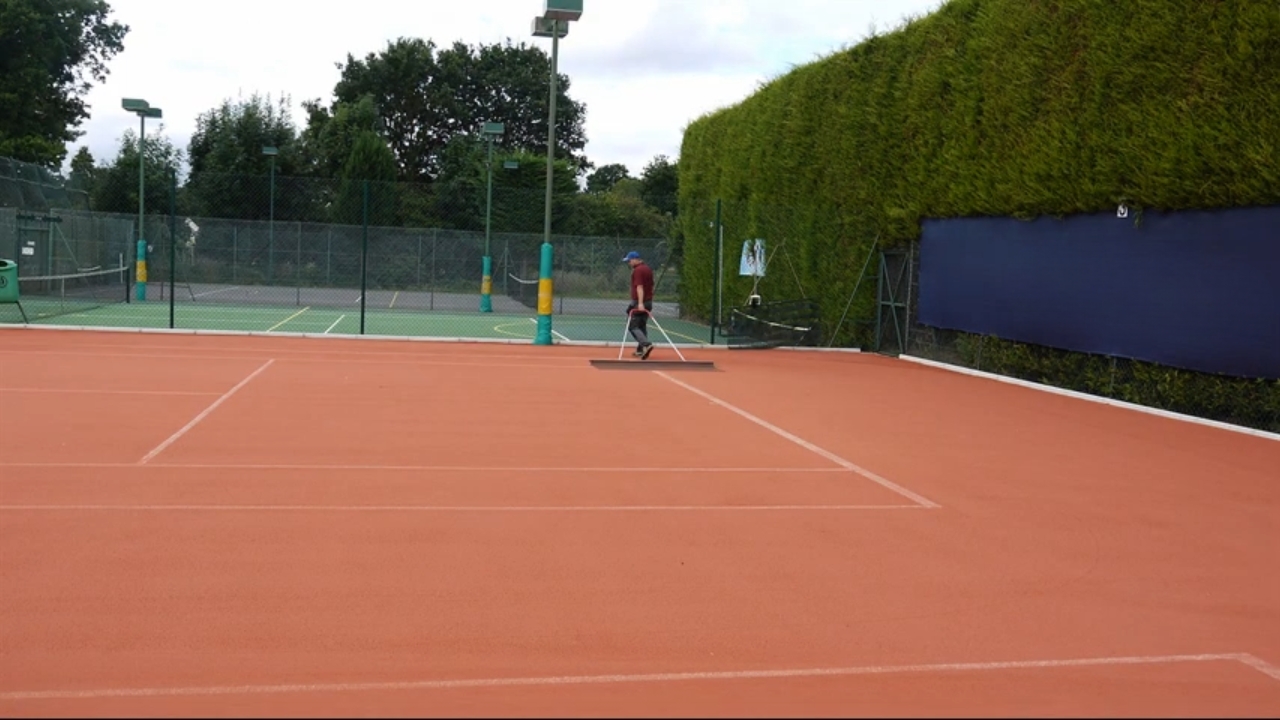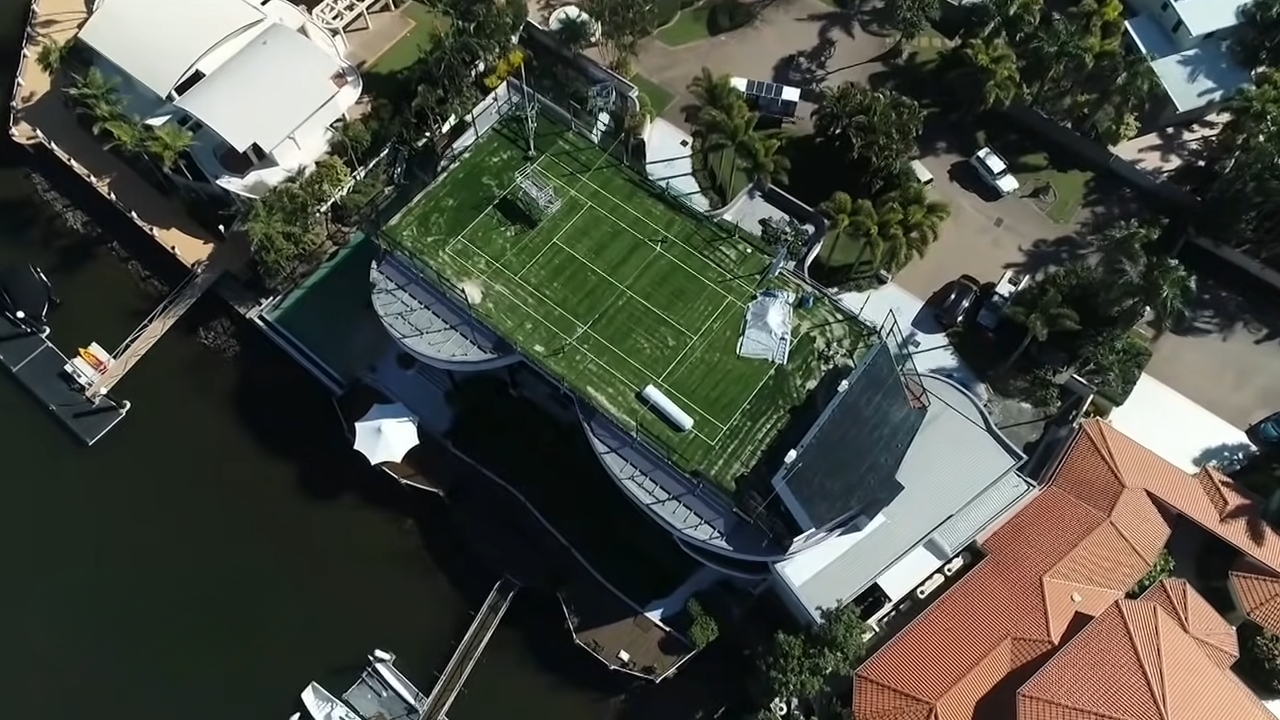Ever wonder if your way of holdin’ the racket could give you an edge? Or maybe you’re lookin’ to change things up and find a style that feels right. Well, this here that’s for you then! I’m gonna break down different grips so you know what works best with your game.
Rackets are different in tennis and pickleball, so understanding which grip suits each sport can really enhance your performance.
See, how you hold the handle can make a difference. You will find out how in the following sections.
Backhand vs. Forehand Tennis Grips
For backhands, you wanna position your hand so it helps you swing easily that way. Your hand will be turned some compared to forehands. This lets you get good power and control on shots goin’ behind your body.
Then for forehands, your hand goes on opposite so you can swing out in front real smoothlike. It’ll be turned the other way from backhands. This sets you up for easy hittin’ to the side you stand on.
Types of Backhand Grips in Tennis
The Continental Grip

With this one, you mainly use your fingers to hold the racket instead of your palm. This is different from the others.
Your palm needs to be nice and relaxed, flat against the handle. If your palm is too tight, the grip won’t work right.
Now the good thing about this style is it gives you lots of control over placement. It’s especially helpful for slice backhands since you can keep shots low much easier.
When selecting tennis balls, consider the ones that complement your playing style, as the right ball can enhance the effectiveness of your shots.
Being able to guide the racket with your delicate finger motions opens up options. You get more steering power over just where you want to put the ball.
The Western Grip
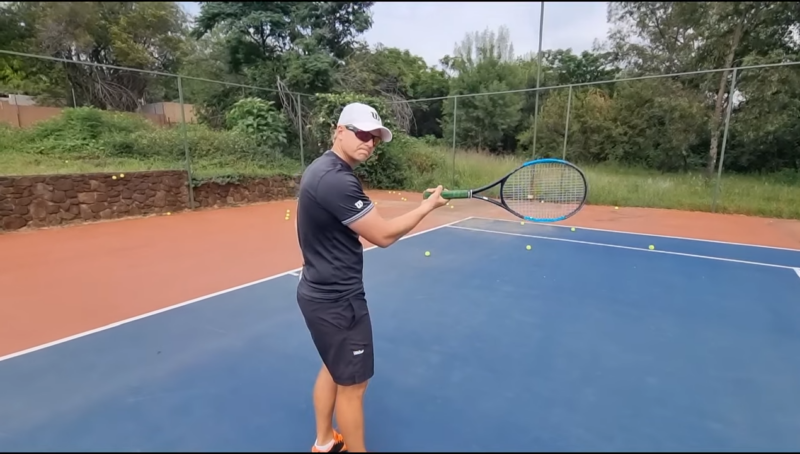
Next up is the Western grip. With this, you mainly use your palm against the handle instead of fingers like the Continental.
Your whole palm will wrap around tight, as opposed to being relaxed. This gives you more oomph on both forehands and backhands without losing too much placement ability either.
You get power and control all in one, which makes it good for hittin’ to both sides of your body. However, the slice backhand may be a bit harder to pull off since your hand ain’t as free to guide low shots as with the Continental.
Types of Forehand Grips in Tennis
The Eastern Grip
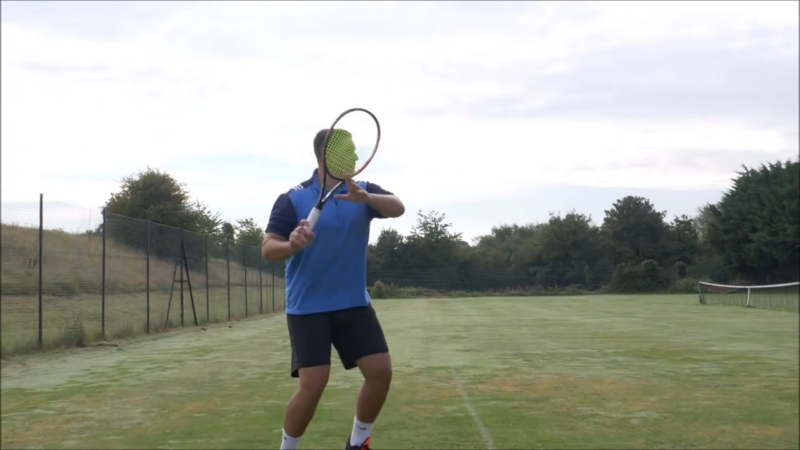
Now the Eastern grip is a bit different from the others in that it doesn’t really change how your hand sits for forehands versus backhands.
With this, you use both your fingers and palms together on the handle. So it doesn’t create different angles like the Western and Continental do.
Where it shines most is on topspin forehands. The combined finger-palm hold gives you lots of feel and steering over placements. You can put some serious slice on that ball!
However, you may give up a hair of power and accuracy since your hand ain’t perfectly lined up like the Western. It also takes some gettin’ used to.
The Semi-Western Grip

As the name suggests, it sits somewhere between Eastern and Western.
With this, your palm ain’t quite as flat against the handle as Eastern, but also not wrapped around as tight as Western. So it gives you some pop while still allowin’ good control too.
You won’t get quite the spin ability of Eastern, but more’n Western. And slice shots may not be your best bet here. But flat hits to both sides? This grip makes it easy to connect solid.
The in-between palm position means you get a balance of power and finesse without sacrificing much in either place. It’s a versatile style that lets you change up your game well depending on conditions. Remember to watch out for foot faults, though, they can be quite sneaky.



